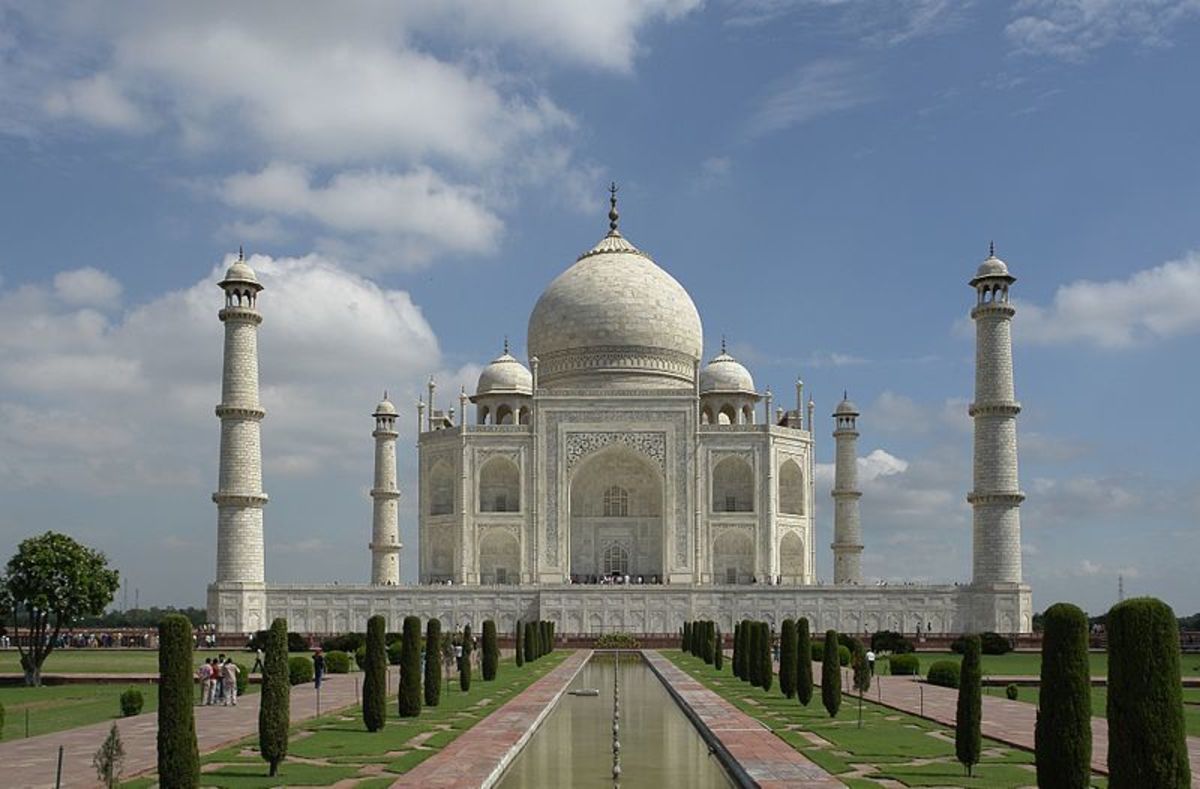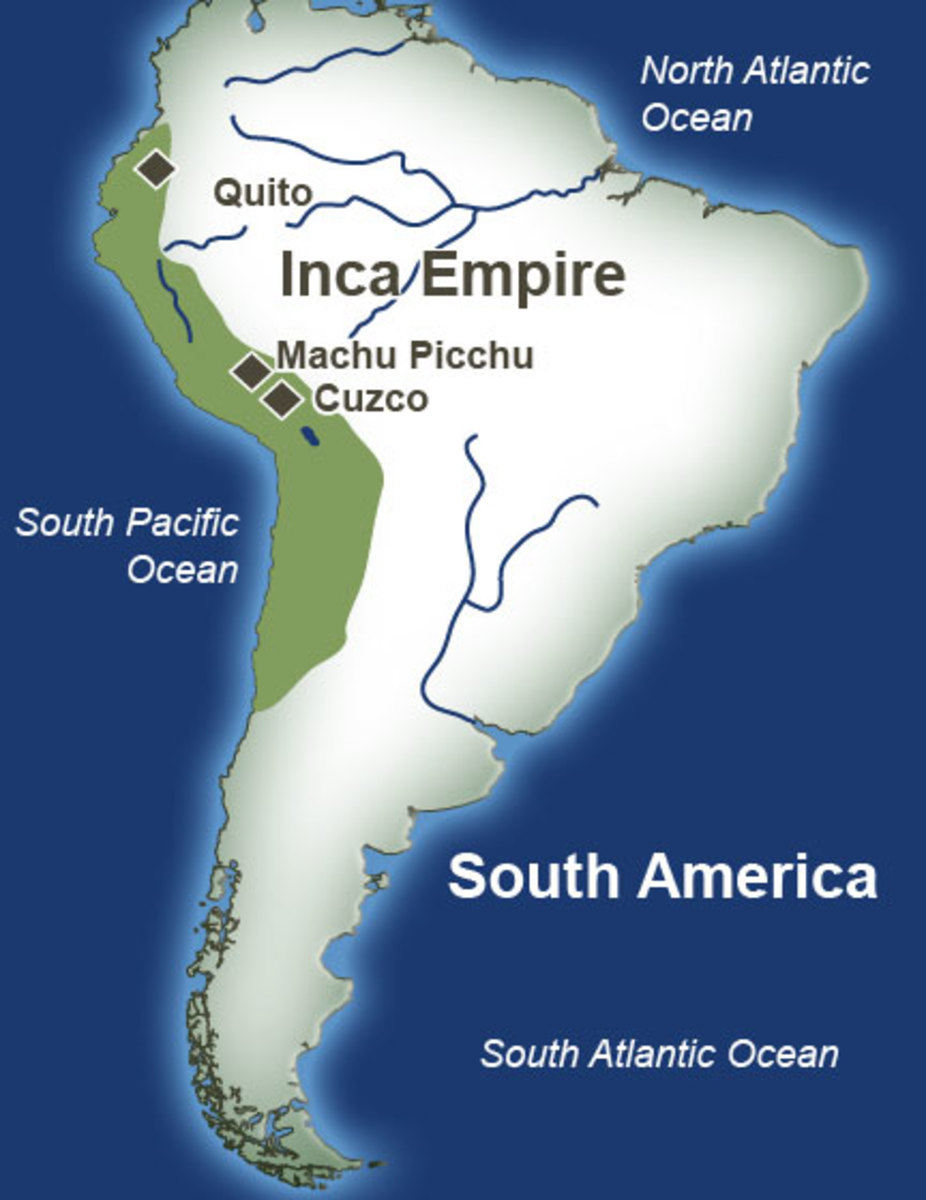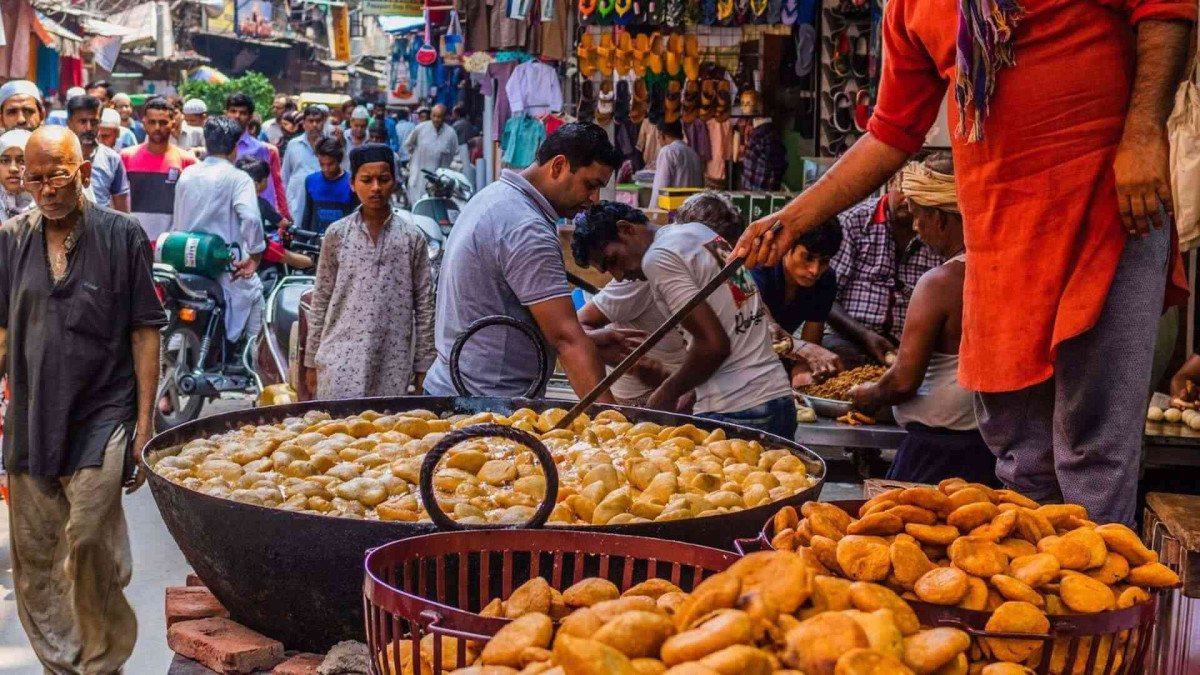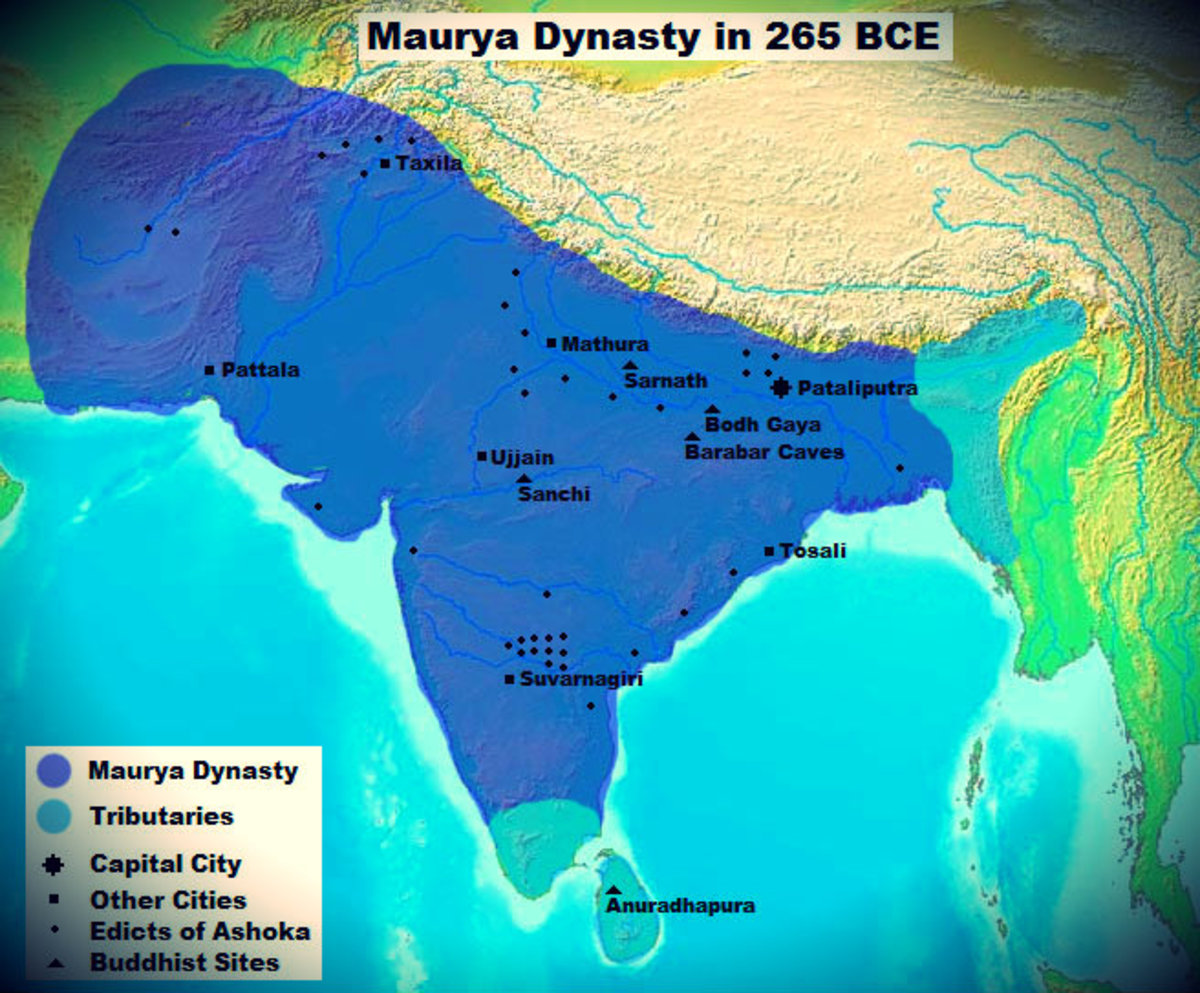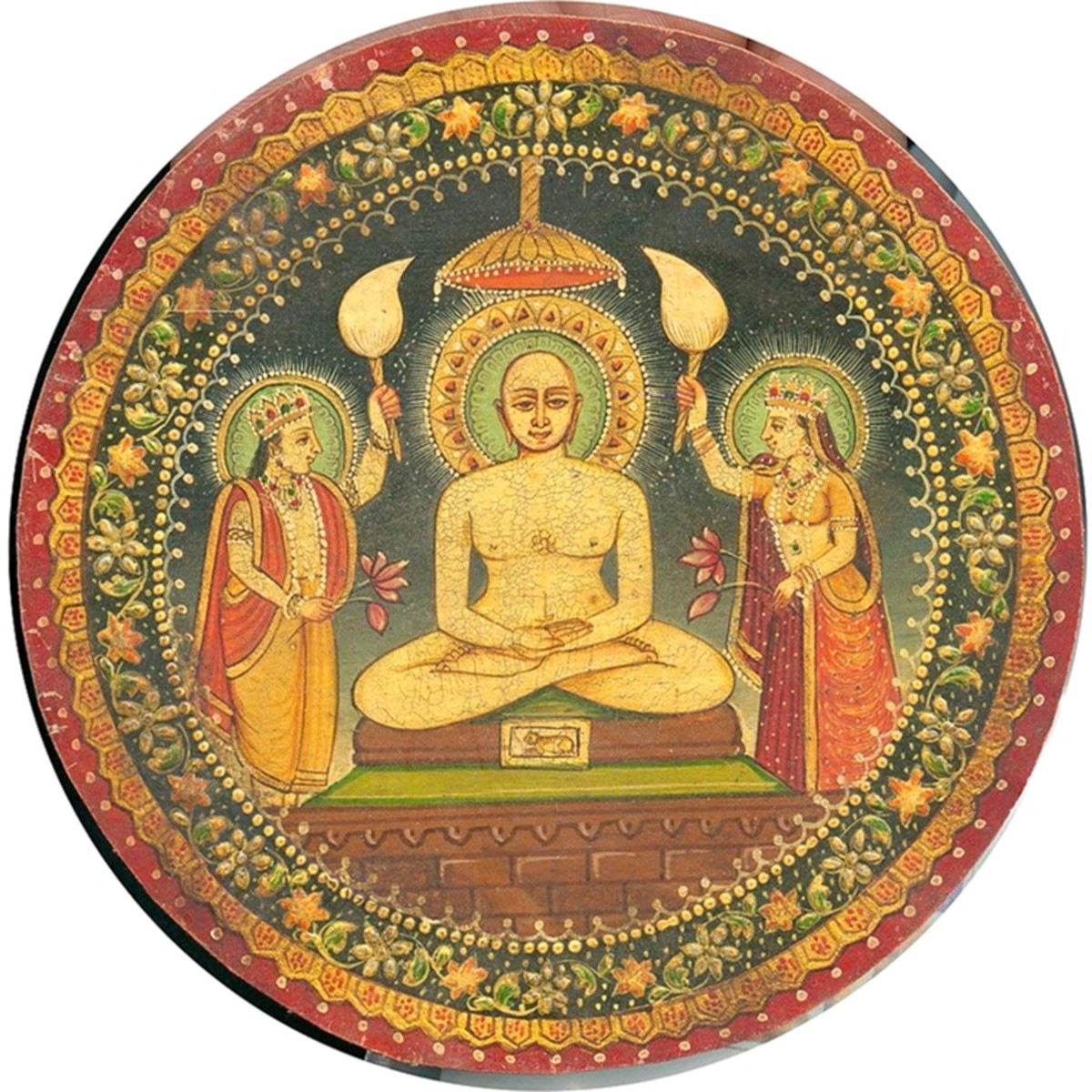- HubPages»
- Education and Science»
- History & Archaeology»
- History of Asia
Emperor Akbar the Great of Mughal Empire
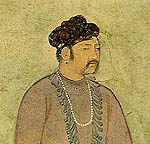
Akbar the Great
Jalaluddin Muhammad also known as Akbar succeeded his father Humayun to Mughal Throne (Naseeruddin Muhammad) when he was thirteen years old. He is the greatest King from the Mughal Empire and one of the notable personality in the history of India as he was very much successful in every aspect. He consolidated his power after being successful in fighting two battles, one with the descendants of Sher Shah Suri and the other was with the Hindu king Hemu in the Second Battle of Panipat. He solidified his rule by pursuing diplomacy with other rulers. He began marriage alliances with the Hindu Rajput princesses and exercised great religions tolerance. He started religious debates with scholars from various religions. His reign significantly influenced art and culture in the nation.
Three important sources are available to study the history of Akbar. They are Akbar Nama written by Abul Fazal, Muntakhab-ut-Tawarikh by Abdul Qadir Badauni, Tabaqat-i-Akbari by Nizamuddin Ahmed. During his father's reign, Akbar was appointed as governor in Punjab and Bairam khan was appointed as his guardian. He was coronated at Kalanaur after the death of his father and then had returned to Delhi. With the help of Bairam Khan, Akbar defeated Hemaraj (Commander of Bihar King Md Adil Shah ), who occupied Delhi after the death of Humayun. Akbar has successfully occupied many territories and expanded the Mughal Empire in India. His military conquests include Malwa, Garh Katanga in 1561, Gujrat in 1572, Bihar and Bengal from 1574 to 76, Kabul in 1586, Baluchistan and Kashmir in 1586, Sind in 1591 and Orissa in 1592.
Akbar's Administrative Reforms: He introduced Mansabdari system (military and civil bureaucracy) in which mansabs (ranks) were assigned to government officials and military commanders. Hence, they were known as mansabdars. Their salaries were paid not in cash but through assignment of land revenue of a particular area known as jagir.
Akbar's Revenue Reforms: He introduced zabti system in which assessment of land revenue was made on the basis of measurement of land (the name of Todarmal is associated with this system) and later the Dahsal system in which the average produce of different crops as well as the average prices prevailing over the last ten years were calculated and state's share was fixed at the one-third.
Akbar's Religious Policy and Reforms: Akbar abolished pilgrim tax (1563), Jizya (1564) and held religious debates at Ibadat Khana (1575-82) which resulted in the proclamation of his new religion Tauhit-i-llahi (Din-i-llahi or universal religion) in which he incorporated the best principles from all religions.
Akbar combined the foreign and indigenous elements in his architectural movements. The most important of his buildings were Agra fort and the buildings at Fatehpur Sikris, which include Diwan-i-khas, Panch mahal, Birbal-ki-beti-ka-mahal, Marian's Palace, Palace of Rani Sultana, the tomb of Salim Chisti and the famous Buland Darwaza, which he constructed in commemoration of his victory over Gujarat. Akbar's tomb was constructed at Sikandra (near Agra) which was designed on the principles of a Buddhist Vihara.

